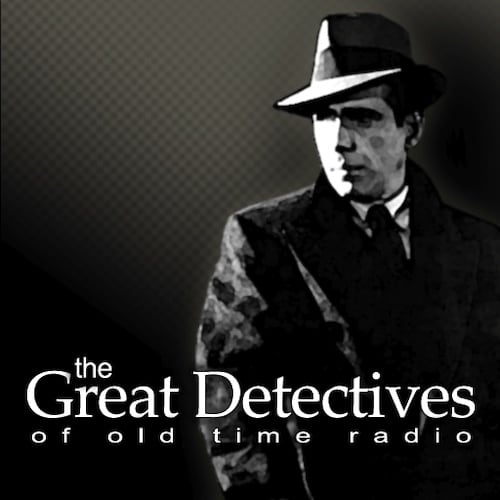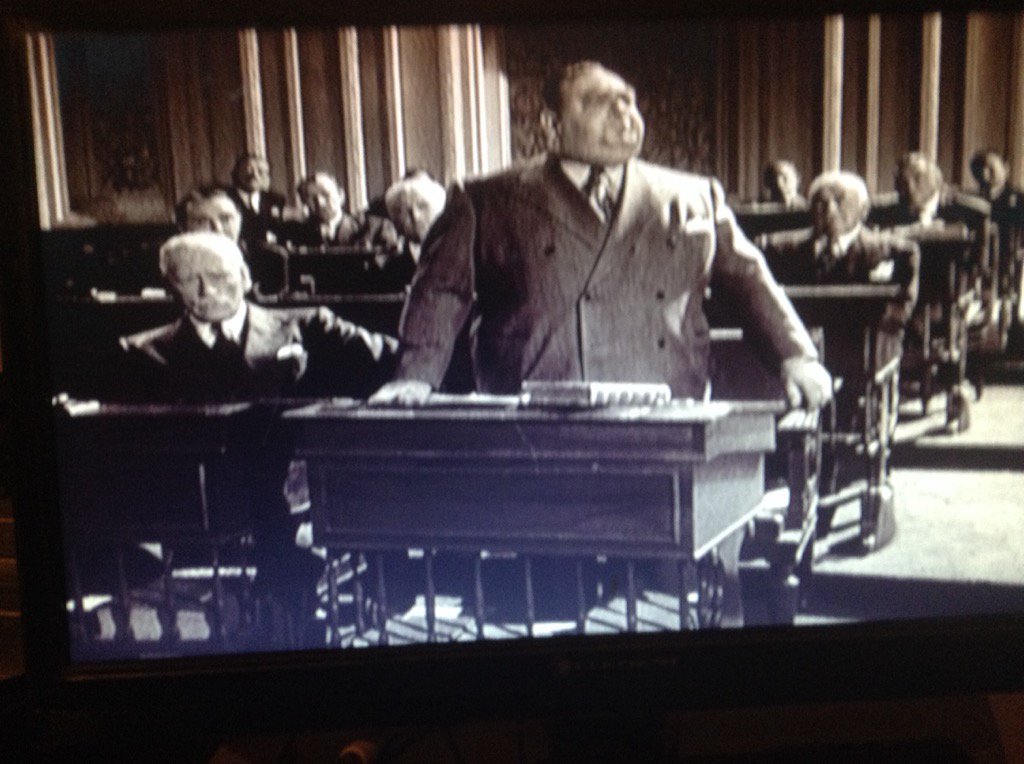A recognizable and beloved Hollywood actor from Hollywood’s yesteryear playing a sharp and folksy lawyer who solves mysteries? That description will make people think of Matlock starring Andy Griffith. However, more than a decade before Andy Griffith played the hot-dog loving, Southern lawyer, Jimmy Stewart brought the concept to the small screen as Billy Jim Hawkins, a homespun West Virginia lawyer with a penchant for getting to the truth and winning tough cases.
The Warner Archives DVD set includes all eight Hawkins telefilms that aired in 1973 and 1974. The first film is ninety minutes long. The other seven are seventy-five minutes long as this film was aired along with another mystery series to compete with the popular NBC Mystery Wheel.
In each case, after a sensational murder has been committed, Hawkins is called in to defend the accused, who generally has a massive amount of circumstantial evidence pointing towards their guilt. Hawkins’ seeks to clear them with the help of his assistants. Hawkins usually has to win his client’s trust, inserts himself into his client’s world, and seeks to get to the bottom case with the help of his assistants.
Like Matlock and Perry Mason, every movie ends with a climactic courtroom scene where Hawkins reveals the true killer. There are a few more nods to legal procedure in this series than in either of those better known series. In particular, the series acknowledges that as Hawkins hasn’t been licensed to practice law in every state, in order to appear in those states, he needs to be working under a local attorney who will serve as the Attorney of Record for the defense even though he’s not actually arguing in court.
The Supporting Cast
In each episode, Hawkins is helped by one or more assistants. One of the key points of Hawkins’ backstory was that Hawkins had an enormous extended family of more than 100 people. In different episodes, different members of that family show up to assist. Most frequently, it’s R.J. Hawkins (Strother Martin) but Jeremiah Stocker (Mayf Nutter) and Earl Coleman (James Hampton) took turns as well. Stewart had the best chemistry with Strother Martin and R.J. Hawkins was the most interesting character, which is probably why R.J. Hawkins was in the final three films without any other assistants after only appearing in two of the first five.
The guest stars were generally quite competent. There’s an early performance by Tyne Daly, as well as appearance by golden age of Hollywood notables like Lew Ayers and Teresa Wright, along with character actress extraordinaire Jeanette Nolan. One of the more interesting guest appearances is James Best playing a serious role as a sheriff in the episode, “Blood Feud.” In a few years, he would take on the role of the ultimate comic sheriff as Rosco Coltrane.
The Lead
Ultimately, while the scripts were decent and the supporting cast is competent, it’s Jimmy Stewart that makes the series worth watching. While watching the first few minutes of the opening film, I thought Stewart had overplayed the folksiness, but once he settled into the role, he made Hawkins special. Hawkins is a country boy, and he doesn’t put on airs. Everyone who meets him is urged to call him Billy Jim.
Yet, at the same time, Hawkins has a keen mind and is aware of how the world works. Like many of the characters Stewart played over the years, Hawkins lives by a code. His life is dedicated to the core principle that everyone’s entitled to a defense. Hawkins has a great way of connecting with and gaining the confidence of clients who’ve been unwilling to act in their own defense before.
In the courtroom scenes, Stewart is superb, building a level of rapport and using subtle humor to undercut the prosecution and then delivering an innocent “aw shucks, I’m just a country lawyer” type of comment to deflect objections from the prosecution. The scenes where he confronts the genuine murderer are incredibly compelling. Hawkins was one of the more credible TV lawyers to be featured in this sort of program. In many ways, he seems true to life to other nationally known trial attorneys such as Gerry Spence as opposed to a character someone made up.
Stewart’s acting netted him a well-deserved Golden Globe Award for Best Actor.
Why It Only Lasted One Season
In addition to Stewart’s win, the series was nominated for a Golden Globe as was Strother Martin for best supporting actor. However, despite critical recognition, the series went away after a single season. Why?
CBS created the series as a counter to NBC’s rotating mystery programs and CBS didn’t quite seem to understand a big part of why NBC enjoyed success. NBC rotated Columbo, McCloud, and McMillan & Wife. The beauty of the mystery wheel was that these programs all appealed to the same audience and if you liked one, there was a good chance you liked them all, and NBC could count on you to watch their mystery movie every Sunday night.
CBS on the other hand rotated Hawkins with the TV series Shaft based on the Blacksploitation film series of the early 1970s. The two series drew two very different audiences and there was little crossover in audiences between the two shows and as a result both got cancelled. Hawkins could have lasted longer if not for the network’s scheduling mistake.
Is This Series For You?
If you love the classic lawyer series, these films are for you. Stewart’s Hawkins is at least as good as Perry Mason or Matlock. If you’re a fan of Jimmy Stewart’s later work, this is also a must as this was arguably Stewart’s last great role before his career went on the downswing and hearing loss drove him to semi-retirement in the early 1980s.
Overall, I found Hawkins to be an enjoyable series that stands up well when compared to most of its 70s peers.
Rating: 4.0 out of 5.0
This post contains affiliate links, which means that items purchased from these links may result in a commission being paid to the author of this post at no extra cost to the purchaser.
If you enjoyed this post, you can have new posts about Detective stories and the golden age of radio and television delivered automatically to your Kindle.

